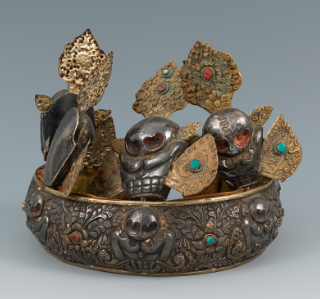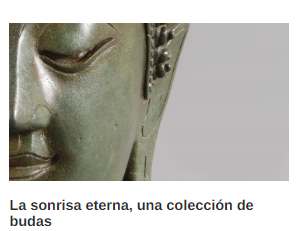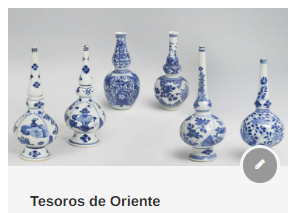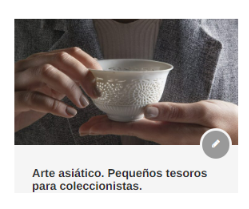Art and Culture of the Far East: A Private Collection at Auction
Setdart presents an important private collection of Chinese and Southeast Asian art

Just as in the sixteenth century aristocrats and kings focused their efforts on acquiring unusual objects for their cabinets of curiosities, a sort of Renaissance collecting driven by the mere desire to know, the nineteenth and twentieth century, as a result of prosperity and leisure, made it possible for a greater number of people to participate in collecting, democratizing it and enriching the fields it touched.
Although the collecting of oriental pieces began as early as the 19th century, partly spurred by the forced opening of Japan to foreign countries through the Harris Treaty in 1858, the countries of Southeast Asia lagged behind their northern neighbors, possibly due to a lack of knowledge of the cultures that developed in Vietnam, Cambodia, Laos, Thailand or Burma.
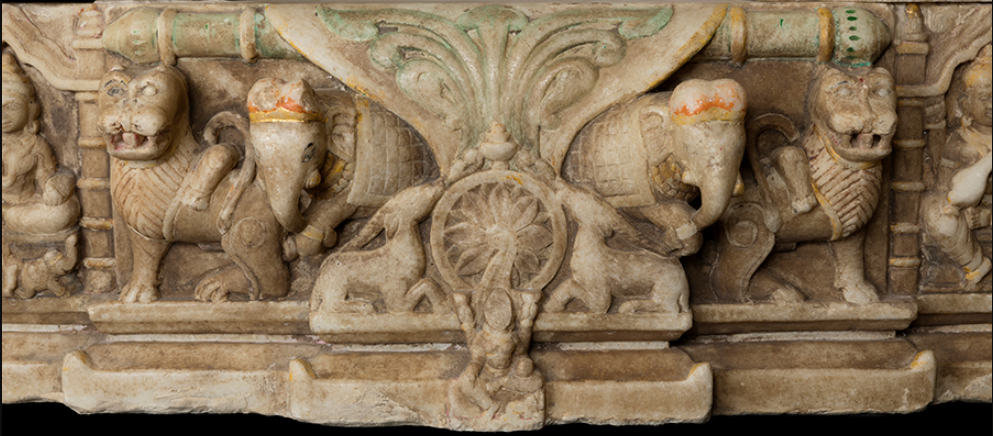
During the last quarter of the twentieth century, however, there has been an increase in market interest in these cultures, mainly because of the exploration of an unexplored terrain that collectors have welcomed, taking an interest in these pieces and the culture that encompasses them; in this way, specialized fairs were born that were able to value the works, giving them a place of importance within collecting. In addition, the rise of indigenous wealth in the 21st century, which seeks the repatriation of works that left in the 1970s and 1980s, has ensured that Southeast Asia has not lost the interest it has generated for decades.
The collection that Setdart is bidding for had its germ in the 90s of the twentieth century, the result of the collecting zeal of a person who saw in Southeast Asia an opportunity, not only economic, but intellectual, because diving into the vast oriental symbology is not easy for the Western mind, assuming a challenge and an exercise of full dedication and study. This interest in art was not something spontaneous, as the collecting environment was a constant in his home, with his father dedicating his efforts to other areas of collecting as well.
There are many lots that we could highlight, however, we will focus on a few that represent their place of origin, thus creating a far eastern geographical network.
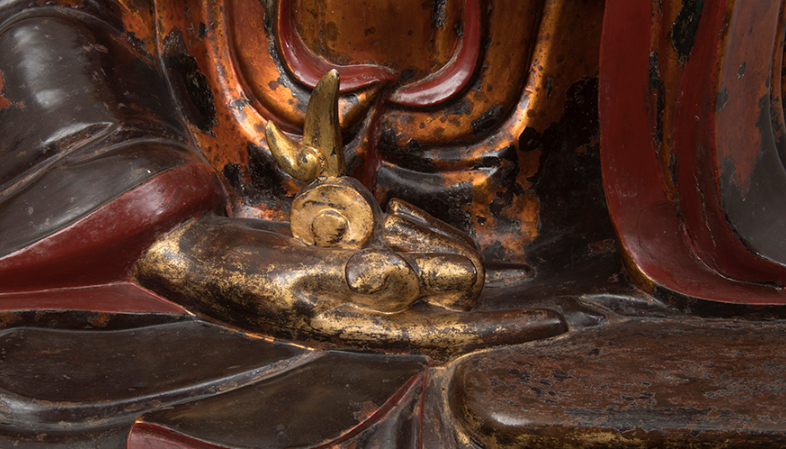
From the south of the state of Rajasthan, in India, an extremely rare piece stands out for having come down to us without having been dismantled: a Jain altar or parikara in partially polychrome marble from the X-XIII centuries, lot 35315846. Normally, when these types of pieces appear on the market, they appear in parts; the finial, a frieze or one of the uprights. However, the fact that the altar has most of its pieces is an unusual fact, raising the price of the piece.
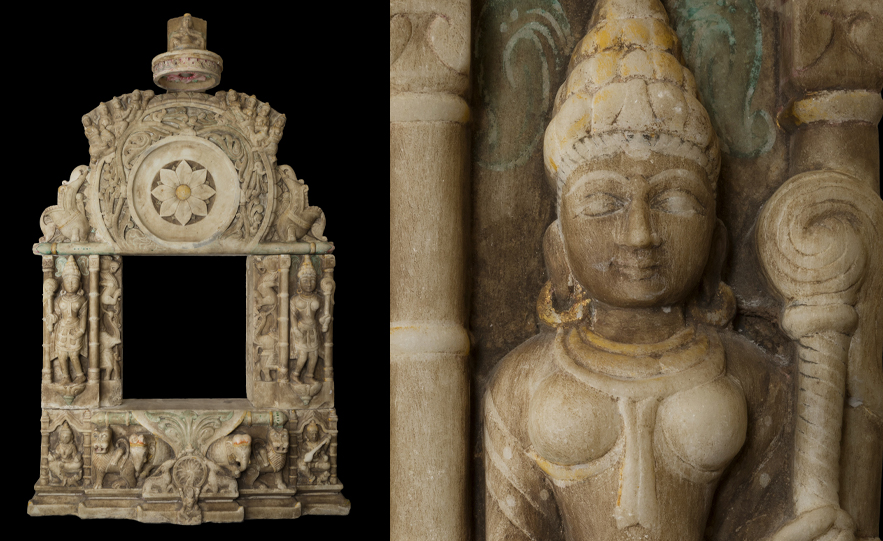
China, of course, is well represented, although we would like to highlight three lots, which although tendered separately, are part of the same group. It consists of three heads of Louhan of the XVII – XVIII centuries, in sandstone, symbolizing desire, love and joy. They stand out for the expressiveness of their faces, especially the representation of joy, with a marked naturalism that contrasts with the size of the skulls, symbolic dimensions that reflect the degree of illumination of the characters, as occurs with the deity Shou Lao.
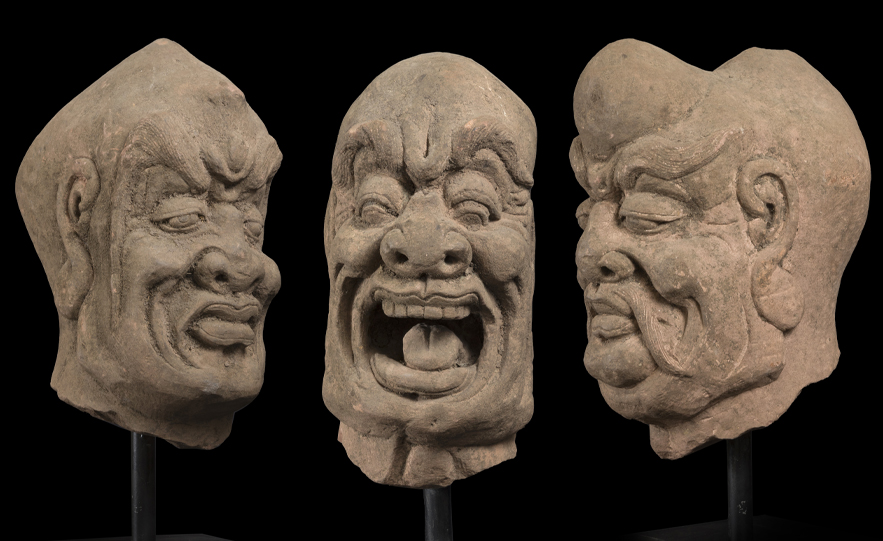
In Indonesia, there is an imposing piece, lot 35315854, from the XVI century made of white sandstone, from the Mayapajit Empire. She is a Prajnaparamita, Buddhist goddess of transcendental knowledge. A similar work was until 1978 in the National Museum of Ethnology in the Netherlands, when it was returned to the National Museum of Indonesia in Jakarta, where it is currently located.
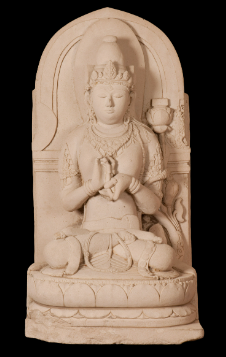
There are several works from Vietnam in the collection, but we highlight the lot 35315849, a Champa deity from the 11th century. The pieces of the Champa culture, for some time now, have proliferated in auction, which is directly related to the interest aroused in recent years.
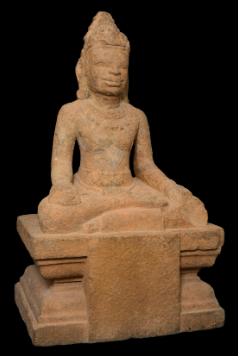
In neighboring Cambodia, where several of the lots also come from, a head of Vishnu from the Khmer Empire, 18th-19th century, in polished stone, lot 35315833. It is interesting to note that the polishing of the upper third of the sculpture has been caused by the wear and tear of hands touching the piece for centuries, seeking the intercession of the divinity.
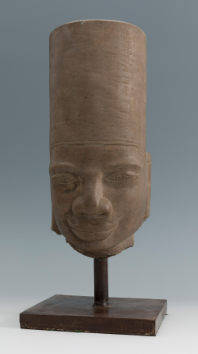
Finally, Tibet also has a presence in the auction with several lots, although the one that arouses most interest is 35315878, an embossed silver crown from the 19th century. This type of crowns were worn by Tibetan oracles when they performed trances. The bodhisattva figures in their most wrathful nature is often represented by the five skulls, each representing the five Dhyani or wisdom buddhas.
